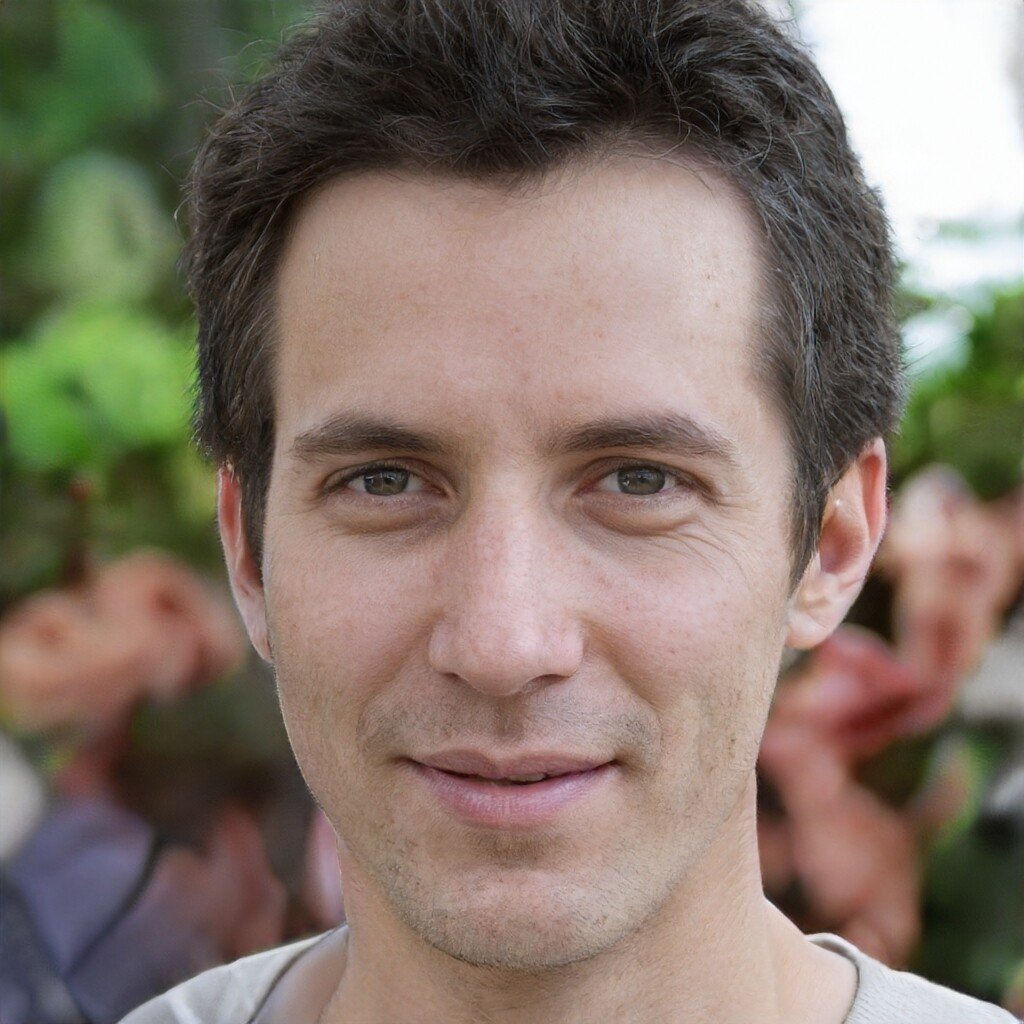Top Special Offer! Check discount
Get 13% off your first order - useTopStart13discount code now!
The human violence and aggression
Human Aggression and its Genetic Basis
Human history has been marked by shifts in proclivity towards aggression. Furthermore, humans are five times more likely than other mammals to partake in aggressive behavior. As a result, they are more likely to attack each other, resulting in deaths. According to studies, human aggression is triggered by a genetic variable (Nibert 13). As a result, it is widely acknowledged that nature has played a significant role in deciding human aggression (Slutkin). Violence is regarded as an adaptive tactic in this context, assisting the victim in acquiring wealth, prestige, and mates. Importantly, violence witnessed among humans is inherited through generations. Moreover, humans share some features with primates. Therefore, the affinity towards war and violence is evident among the primates including human beings. Moreover, human beings develop from profound evolutionary roots of primates (Nibert 13). Therefore, they possess closely linked hereditary composition, which predispose them to violence.
Violence as a Contagious Disease
Scholars such as Gary Slutkin argue that violence should be viewed as a contagious disease. Based on the lessons acquired in the field of epidemiology, which play a role in solving epidemics, he has developed an inventive violence reduction model such as gun violence (Slutkin). The model attempts to address the problem of violence as it treats it as a communicable disease. Precisely, it aims to minimize violence through behavior change and disease control. In addition, it has been useful in preventing violence in approximately 50 sites in a series of cities in the United States. Similarly, the model has been beneficial in violence prevention in many nations across the globe (Slutkin).
Conclusion
Human violence is mainly a product of deep-rooted genetic composition, which is witnessed among primates and mammals (Nibert 13). There is a tendency of viciousness among humans because of their heredity. According to Gary Slutkin, violence can be reduced through behavior change. The model is beneficial in reducing different kinds of violence in cities, such as gun violence (Slutkin).
Work cited
Nibert, David Alan. Animal oppression and human violence: domesecration, capitalism, and global conflict. Columbia Univ. Press, 2013.
Slutkin, Gary . “Gary Slutkin: Let’s treat violence like a contagious disease.” YouTube, YouTube, 10 Oct. 2013, www.youtube.com/watch?v=CZNrOzgNWf4.
Hire one of our experts to create a completely original paper even in 3 hours!



